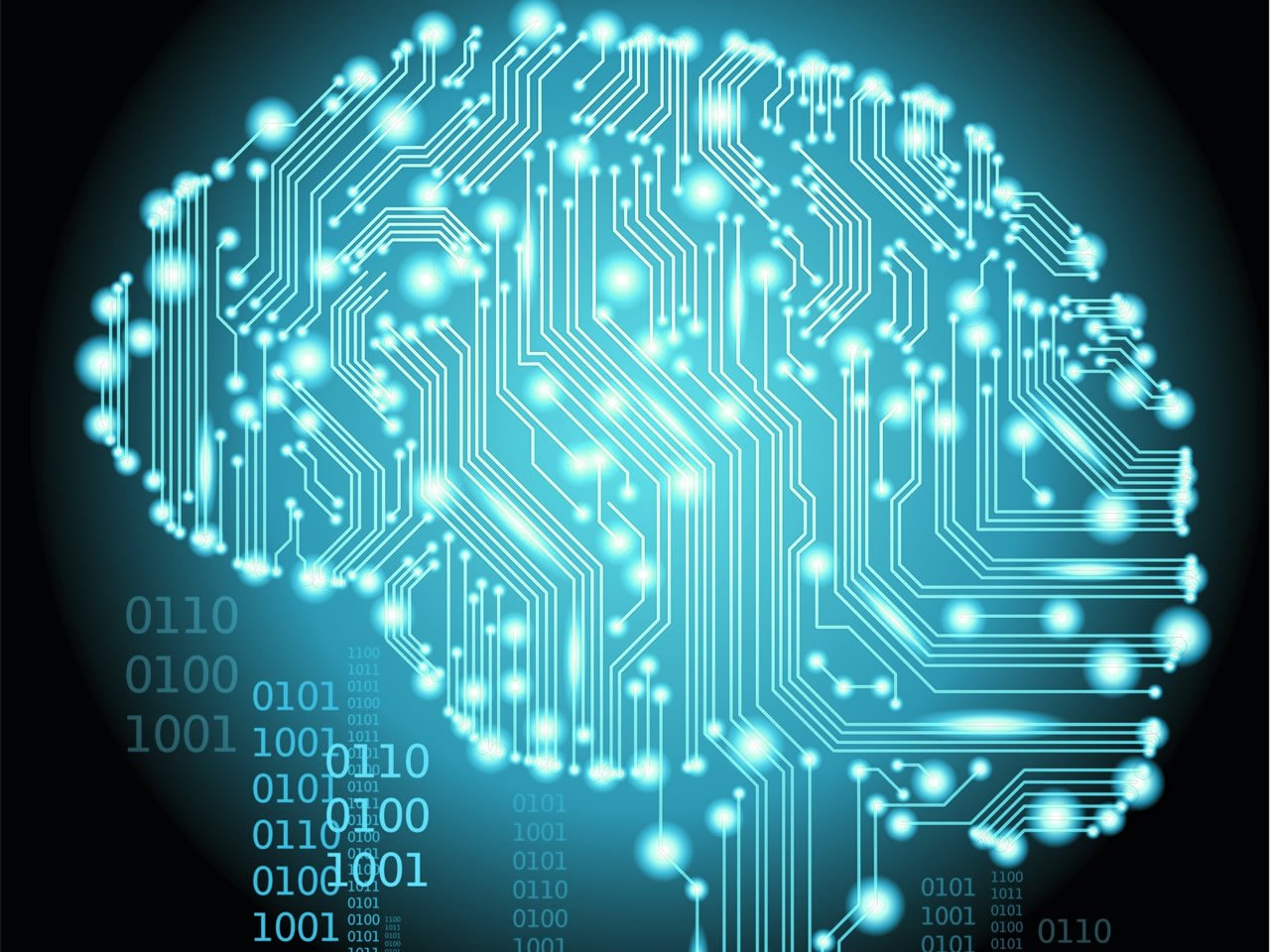When you visit the beach or get a taste of that exotic chocolate you had been craving for, the brain stores a short-term memory of the experience in a part of the brain called the hippocampus. Those memories are later “consolidated” — that is, transferred to another part of the brain for longer-term storage. Each cluster of neurons may store different aspects of the memory, such as the location where the event occurred or the emotions associated with it.
A new MIT study of the neural circuits that underlie this process reveals, for the first time, that recalling a memory requires a “detour” circuit that branches off from the original memory circuit.
“This study addresses one of the most fundamental questions in brain research — namely how episodic memories are formed and retrieved — and provides evidence for an unexpected answer: differential circuits for retrieval and formation,” says Susumu Tonegawa, the Picower Professor of Biology and Neuroscience, the director of the RIKEN-MIT Center for Neural Circuit Genetics at the Picower Institute for Learning and Memory, and the study’s senior author.
The pathway in the brain’s hippocampus that underlies long-term memory contains at least one ‘stopover’ that is important specifically for
retrieving episodic, personally experienced memories. This is in contrast to known direct memory circuits that pass through the hippocampus. This detour may be involved in quickly updating memories and responding to instinctual fears via hormonal release.Memory formation involves neural signalling from the entorhinal cortex (EC) proceeding through the central hippocampus to an area called CA1. From there, signals either take a ‘direct flight’ to deep EC, or they first make a ‘stopover’ at a region called the subiculum, and then proceed to the EC or other brain regions. Although the exact function of the subiculum has been unclear.
This new study published in the journal Cell demonstrates that a connection from CA1 to the subiculum is critical for memory retrieval. The research group led by Susumu Tonegawa investigated the role of the subiculum in mouse memory by genetically expressing fluorescent proteins only in these particular neurons.
The researchers selectively turn them on or off with optogenetics–targeted bursts of light that can activate tagged brain cells. While ‘turning off’ the subiculum during training had no effect on later recall, mice that had already learned to associate an environment with foot shocks no longer froze when the subiculum cells were silenced during subsequent recall tests. This indicated that the mice could no longer retrieve the memory, and means that the subiculum is necessary for retrieval, but not formation, of memories.
Activating the subiculum during the memory test also affected memory recall, in this case seeming to enhance the fearful memory and causing mice to freeze more often. This newly discovered function contrasts with the direct connection from CA1 to deep layers of the EC, which is essential for memory formation, but not retrieval.
Why are there separate pathways for forming and recalling memories? “Recall through the subiculum detour may allow memories that are important for triggering instinctual behaviors to be rapidly updated,” says Dheeraj Roy, post-doctoral associate and a lead author.
Although the two hippocampal pathways are largely subserved by the same neurons, only inhibition of the subiculum circuit before testing affected memory recall in the mice. Coordinated fear behaviors like freezing and increases in blood stress hormones may prepare animals to effectively encounter and respond to dangers in their environment.
“The subiculum is unique in that it has a bidirectional effect on memory recall, enhancing recall when activated and impairing recall when inhibited,” says Tonegawa.
The fact that the subiculum sends outputs to many cortical and subcortical brain regions, and that it is widely believed to be one of the earliest areas affected in Alzheimer’s Disease, makes it an exciting target for memory research.
A more incisive picture of the way memory works is slowly starting to emerge and these new findings will help propel further research into various kinds of memory.






























